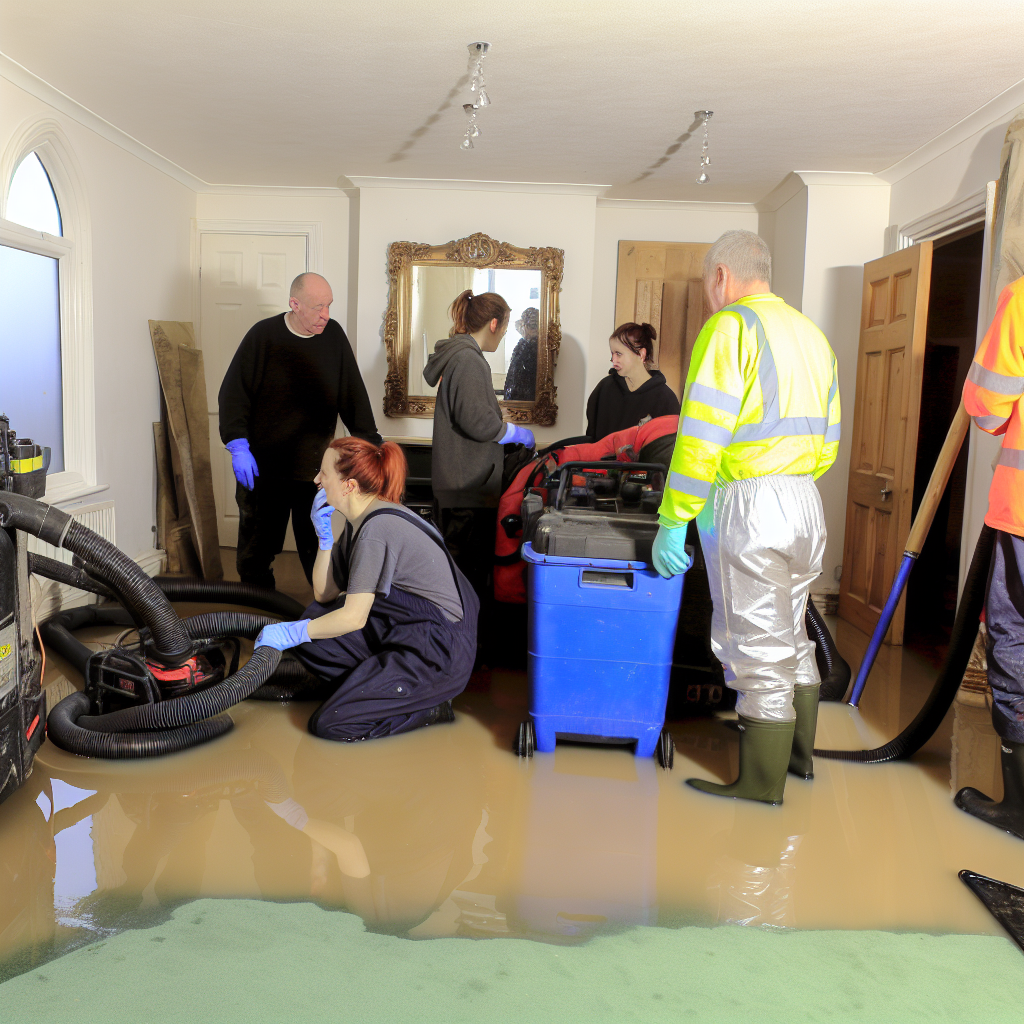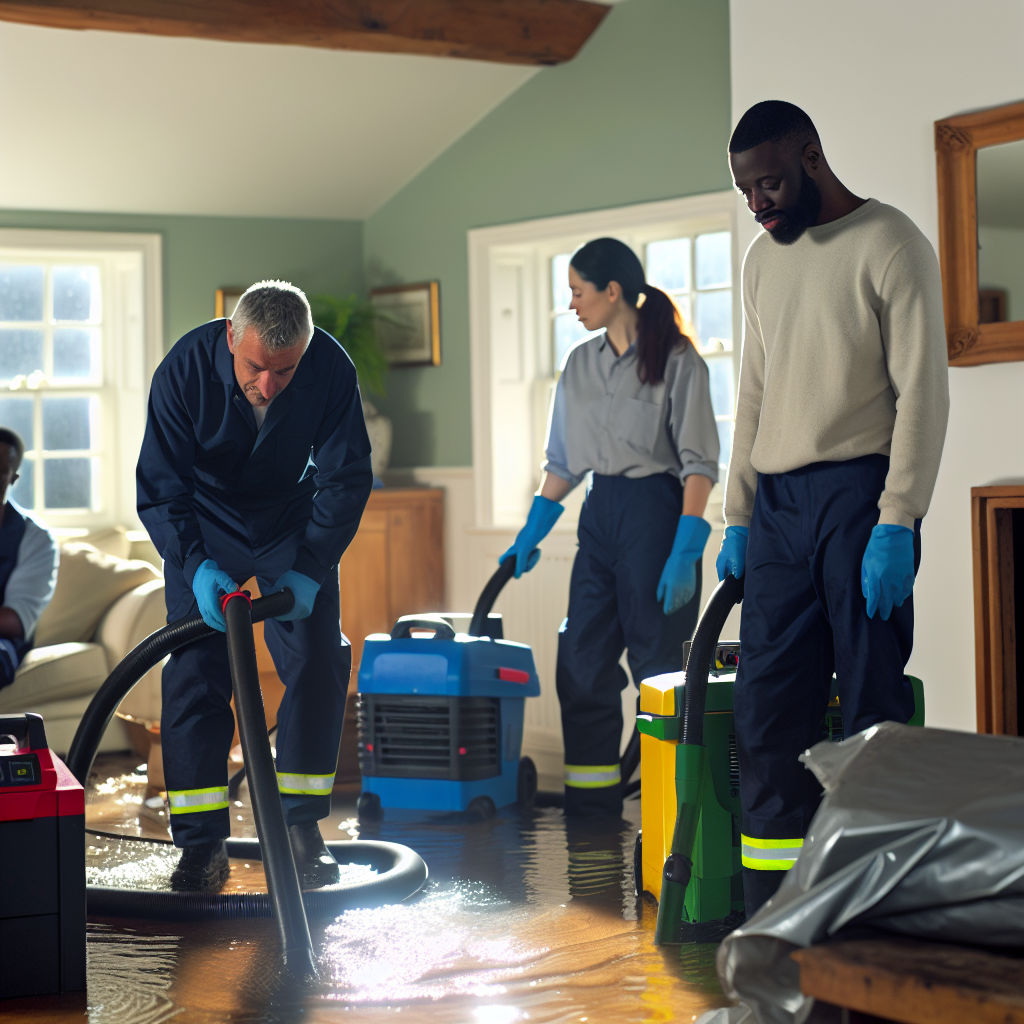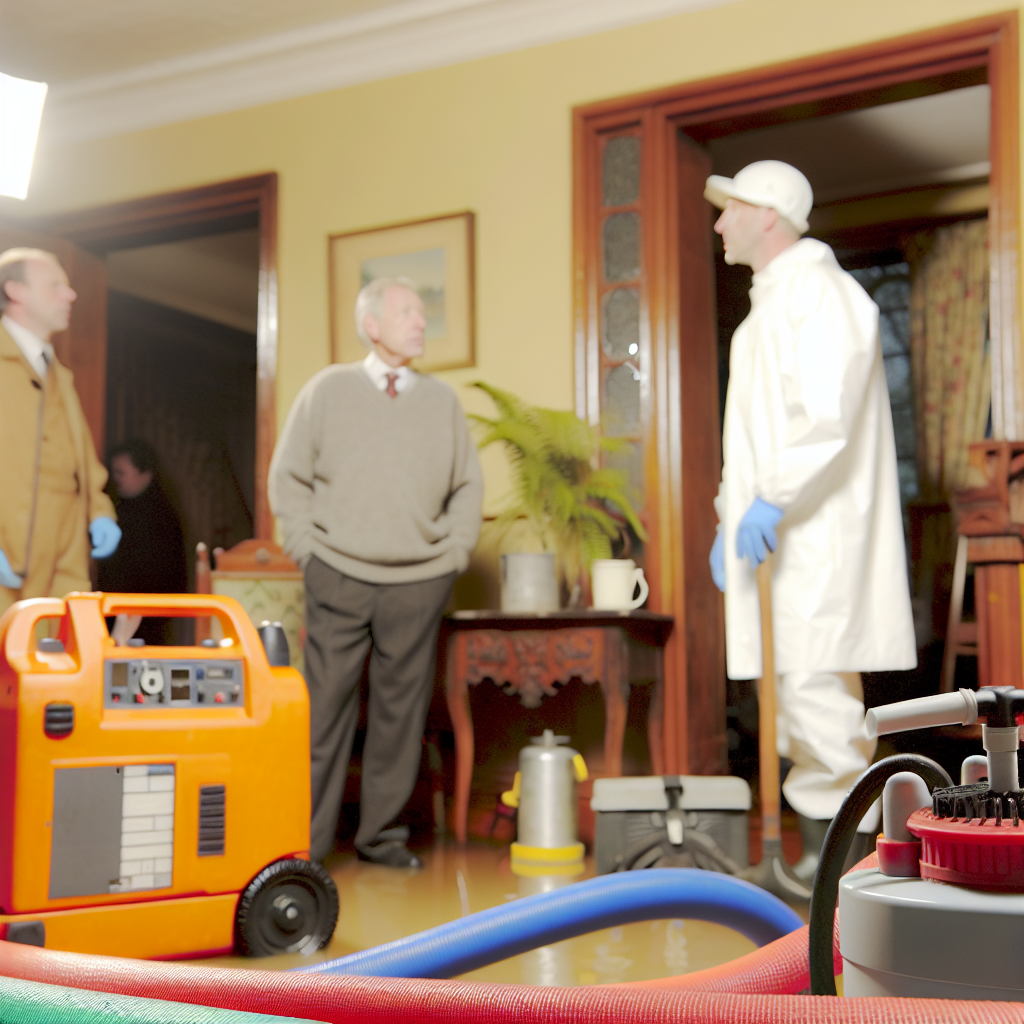Maximising Recovery: A Comprehensive Guide on Dealing with Flood Damage Cleanup and Restoration in the UK
In the wake of a flood, the path to recovery can be overwhelming. Not only are there personal belongings to salvage and insurance matters to handle, but there’s also the crucial process of cleaning up and restoring your property. In the UK, where frequent rainfall can often lead to flash flooding, being prepared for such events is essential. This comprehensive guide aims to help you navigate the intricate process of flood damage cleanup and restoration in order to maximise your recovery efforts.
Table of Contents
– Analysing the Damage
– Safety Measures
– Basic Cleanup
– Getting Professional Help
– Preventative Measures
– Frequently Asked Questions
Chapter 1: Analysing the Damage
Flood damage can range from mildly inconvenient to utterly devastating. It’s essential to accurately assess the level of damage before you start the cleanup process. Look for structural instability, hazardous materials, contamination, and electrical risks.
Chapter 2: Safety Measures
When it comes to flood damage cleanup, your safety should be a top priority. Use protective equipment and follow recommended guidelines to avoid electrical hazards, contaminated water, pest infestations, and mould exposure. The Environment Agency offers extensive resources to ensure your safety [1].
Chapter 3: Basic Cleanup
Simple steps, like removing water and drying your property, can go a long way in damage control. It’s also important to sort and dispose of debris, clean and disinfect everything touched by floodwater, and treat surviving structures to prevent mould growth.
Chapter 4: Getting Professional Help
In many cases, the scale of flood damage can be too extensive to tackle alone. Qualified professional restoration companies can provide services to accelerate recovery and minimize further damage. They possess the necessary equipment, training, and knowledge of UK regulations and standards [2].
Chapter 5: Preventative Measures
Prevention is always better than cure. Implementing flood resistance and resilience measures in your property can significantly reduce damage in the event of future floods. Measures can range from installing flood doors and air brick covers to repositioning electrical sockets above potential flood levels [3].
Frequently Asked Questions
What are the main types of flood damage?
Which areas of a building are most susceptible to flood damage?
Can flood damage affect the structural integrity of a building?
What is the role of a professional restoration service?
What steps can I take to prevent future flood damage?
References
[1] Environment Agency. (2020). “Flood and coastal erosion risk management: long-term investment scenarios (LTIS)”. Link
[2] British Standard Institution. (2005). “Damage management and restoration of buildings – Code of practice”. Link
[3] CIRIA. (2015). “Improving Flood Performance of New Buildings: Floor Resilience”. Link
Conclusion
Flood damage cleanup and restoration in the UK is a complex process that requires careful planning and execution. By understanding the extent of the damage, taking appropriate safety measures, getting professional help when needed and ensuring future prevention, you can maximise your recovery efforts. This guide is a resource to navigate the path to recovery, but remember that every situation is unique and may require specific solutions.




